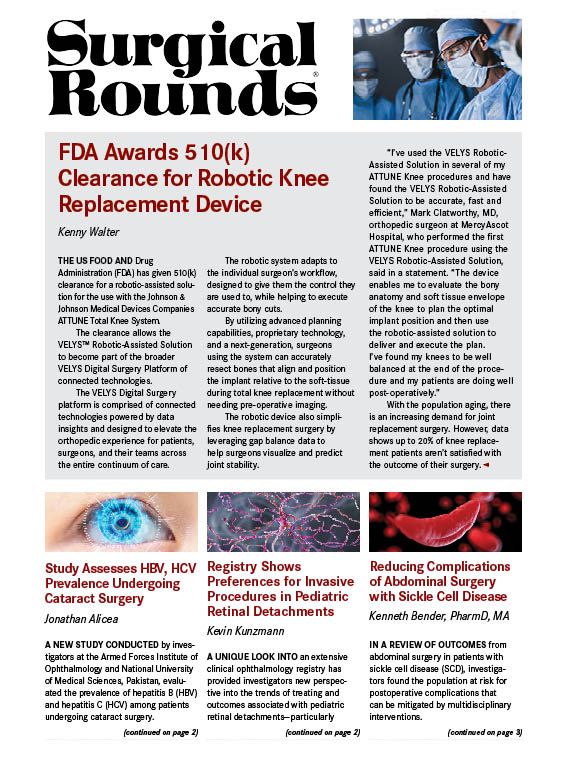Registry Shows Preferences for Invasive Procedures in Pediatric Retinal Detachments
RD surgery and scleral buckle appear to be preferred among ophthalmologists—but are linked to further necessary care in children.
Peter J. Belin, MD

A unique look into an extensive clinical ophthalmology registry has provided investigators new perspective into the trends of treating and outcomes associated with pediatric retinal detachments—particularly those associated with hereditary vitreoretinopathies.
In a new analysis of the US-based Intelligent Research in Sight (IRIS) Registry from the American Academy of Ophthalmology (AAO), investigators from Minneapolis show observed patterns and benefit of care in children with hereditary-based retinal detachments from 2013-2018. Their findings were presented at the AAO 2020 Virtual Meeting.
Led by Peter J. Belin, MD, of VitreoRetinal Surgery, the investigators sought to determine retinal detachment treatment associations and outcomes through the IRIS registry. Their assessment included patients <18 years old, with a diagnosed rhegmatogenous retinal detachment and a systemic disorder associated with vitreoretinal degeneration or other vitreous malformations.
Relevant systemic disorders included Stickler syndrome and related conditions. Belin and colleagues observed 6 years’ worth of data.
Their assessment included 622 patients, with 740 observed eyes. Mean patient age was 11.3 years old, while most (59%) were male. The majority (n = 421 [58.4%]) of eyes had at least 1 year of follow-up, where 128 (30%) developed a fellow eye retinal detachment in that time.
Initial surgery was documented in 206 observed patient eyes, with the mean rate of surgeries per eye being 1.98 in 1 year. The common initial surgeries included retinal detachment repair (31%), scleral buckle (28%), and laser surgery (18%). The remaining surgeries were pars plana vitrectomy (17%), cryo (2%) and pneumatic retinopexy (1%).
Another 62 eyes (30%) required additional procedures: 40 following complex retinal detachment repair, 25 following pars plana vitrectomy, and 15 following scleral buckle.
Overall, mean patient visual acuity improved, from 20/62, to 20/54, following procedures. Another 24 patients (12%) underwent either prophylactic laser or cryo in the fellow eye post-care.
Belin and colleagues concluded these findings—which show a clinical preference for retinal detachment surgery and scleral buckle in pediatric patients despite frequent post-surgery procedures—could serve to benefit clinicians navigating a similar, unfamiliar treatment scenario.
“IRIS Registry data provides insight into rare pediatric vitreoretinopathy-associated retinal detachments that have a high rate of reoperation and fellow eye involvement,” they wrote.
The study, “Treatment Patterns and Outcomes of Hereditary Pediatric RD: Analysis from the IRIS® Registry,” was presented at AAO 2020.
